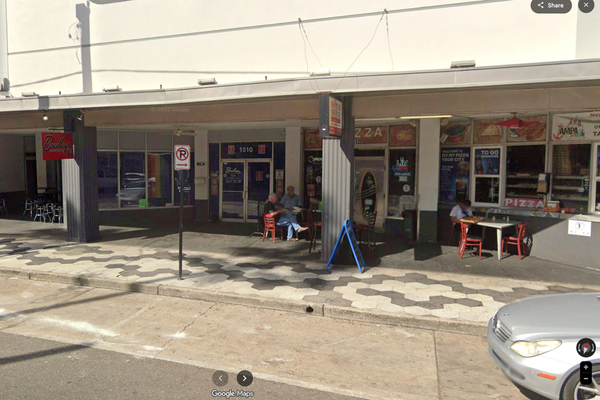
Chicago aldermanic factions this week have agreed on a remap of the city’s 50 wards that likely staves off a referendum on the matter —and a contentious and expensive legal battle.
The compromise is a victory of sorts — but only for the political mapmakers and alderpersons who created and supported this map.
Chicagoans, meanwhile, get more of what we’ve always gotten: a gerrymandered, nonsensical, crazy-quilt map, where many wards are carved out with no regard to neighborhood boundaries — but with full consideration given to protecting political fiefdoms.
The City Council is set to vote on this dog’s breakfast of a map next week. The best thing is for alderpersons to hold their nose and approve the new map — then get about the business of pushing for a fully independent commission that will be in place for the next remap in 10 years.
Editorials
Chicagoans who care about equitable representation must hold their elected officials’ feet to the fire on this front. If they don’t, it won’t happen — because their political leaders won’t be in any rush to make a move that involves giving up power.
“More like a CTA bus route than a ward”
If approved by the City Council next week, the new map would create 16 Black majority wards and 14 Latino majority wards, plus the city’s first Asian-majority ward.
In the 27th Ward, where Walter Burnett is currently the alderperson, Black residents would be the plurality of residents under the new map, but not the majority.
The agreement ends a months-long City Council battle between the Black and Latino caucuses, in which each side proposed its own remap.
At the root of it all: The city’s Black population is shrinking, but Chicago’s Latino population is growing.
The Black Caucus proposed a remap in which predominantly African American wards would drop from 18 to 17, Latino wards would increase from 13 to 14, and an Asian American ward would be created in the Chinatown/Bridgeport area.
But the Latino Caucus, citing the rise in the city’s Hispanic population since the 2010 Census, originally sought a map that guaranteed 15 Hispanic council members — one more than the current proposed map would give.
The Latino Caucus map proposed cutting the number of Black alderpersons from 18 to 16. The Black Caucus disagreed with the reduction, but now accepts it under the proposed new map.
Ald. Gilbert Villegas (36th) said Latino Caucus members who support the proposed new map “sold out.”
“A lot of pressure was being put on my colleagues, and as a result you saw folks more interested in self-preservation than making sure the Latino community had fair representation,” he said.
Villegas has another reason to gripe. The alderperson correctly summed up his new boundaries as looking “more like a CTA bus route than a ward.”
He isn't alone, as other wards, particularly the 15th on the South Side, have been refashioned into an array of Rorschachian shapes — many of which are so disjointed that it seems impossible for an alderperson to provide adequate governance or services for constituents.
“The road was difficult and raised a number of issues around representation for people of color who historically have been locked out of corridors of power,” Mayor Lori Lightfoot said in a statement.
“Not everyone got exactly what they wanted, but forging a compromise and avoiding a referendum is in everyone’s best interests,” she said.
But it’s impossible to look at many of these areas, with boundaries that look as if they were shaped by an errant jigsaw, and believe the constituents there would be represented properly — or as equally — as those who live in wards with more traditionally-shaped boundaries.
A better way
As we’ve said before, the way to end this decennial madness — and produce ward maps that are truly equitable — is to get this process out of the clutches of politicians and into the hands of an independent commission.
California lawmakers in 2008 gave Los Angeles County redistricting duties to a professionalized, state-authorized commission made up of members of the public and backed by a hired staff.
Most importantly, the commission’s work is kept public and transparent with draft maps released as the process progresses — something Chicagoans could certainly use.
Send letters to letters@suntimes.com







